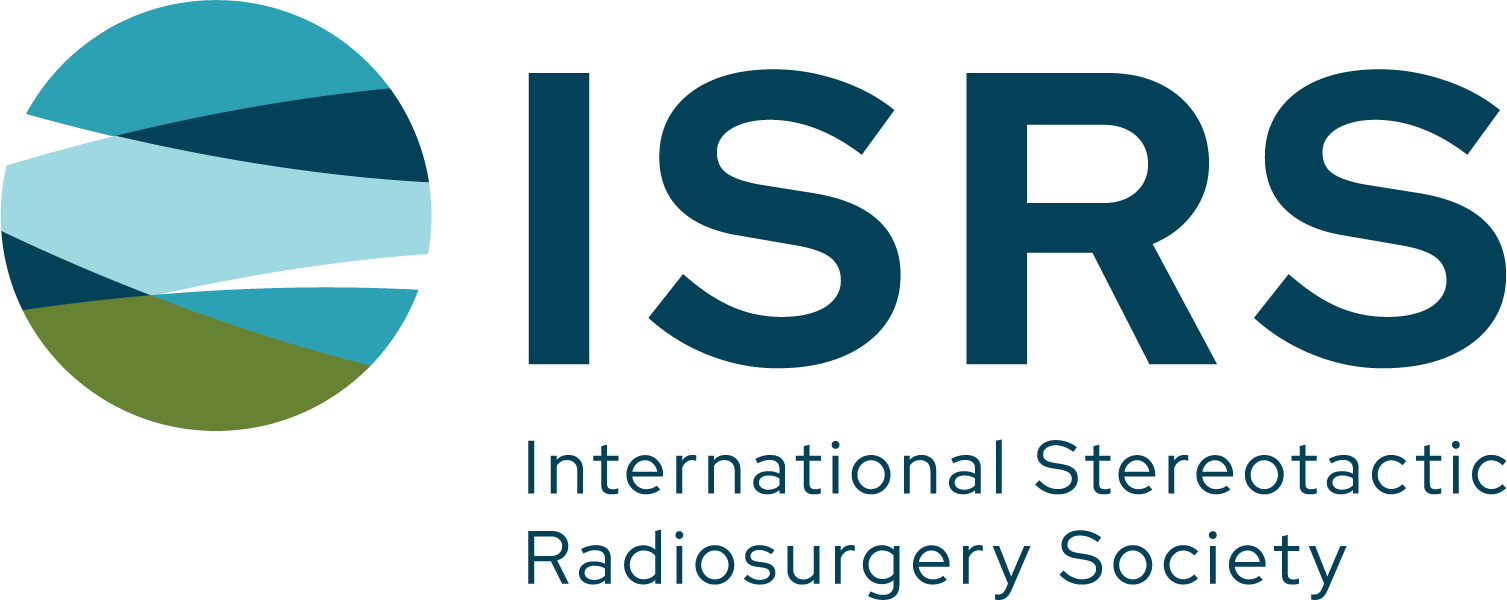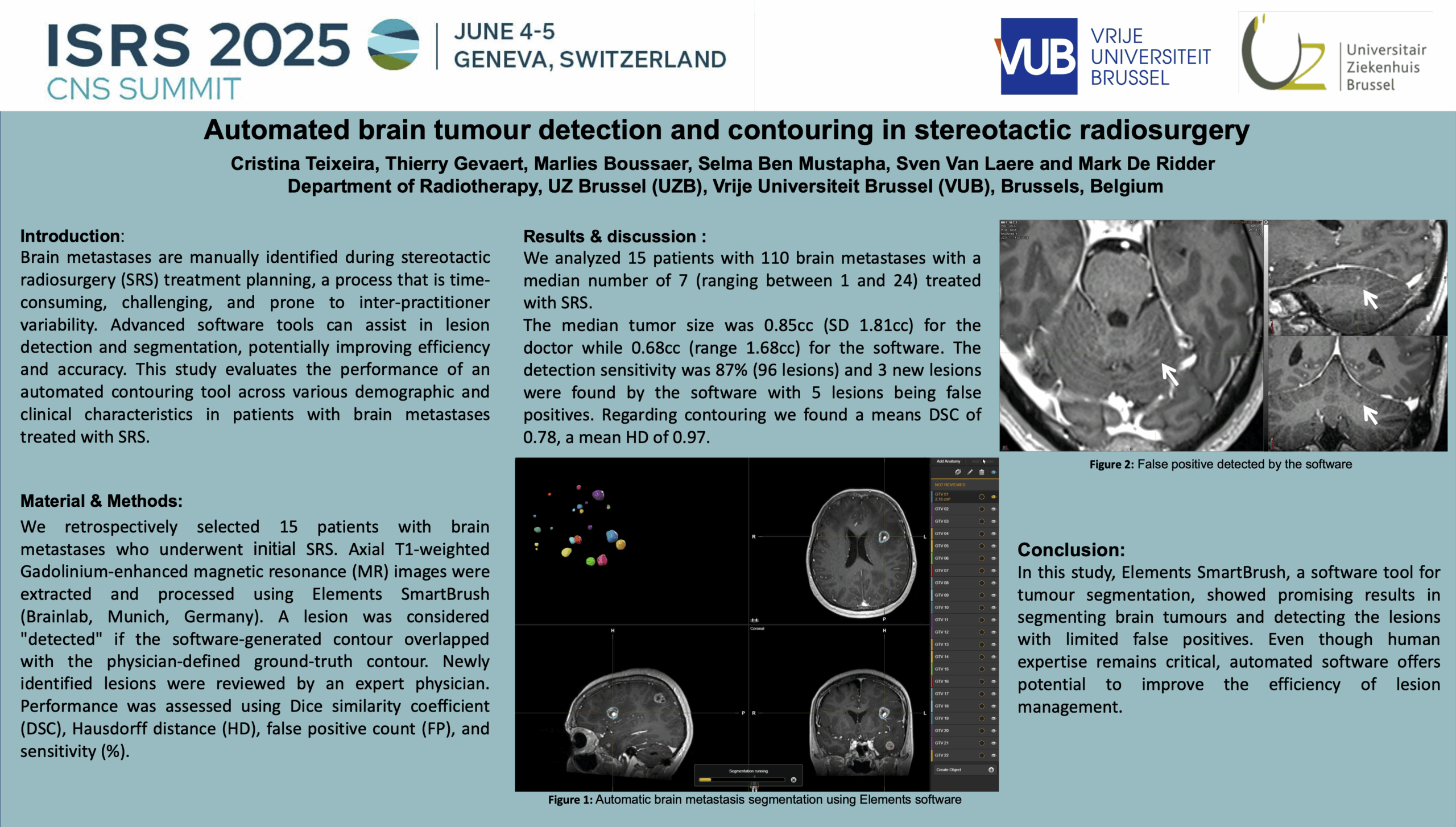Introduction: Brain metastases are manually identified during stereotactic radiosurgery (SRS) treatment planning, a process that is time-consuming, challenging, and prone to inter-practitioner variability. Advanced software tools can assist in lesion detection and segmentation, potentially improving efficiency and accuracy. This study evaluates the performance of an automated contouring tool across various demographic and clinical characteristics in patients with brain metastases treated with SRS.
Materials and Methods: We retrospectively selected 15 patients with brain metastases who underwent initial SRS. Axial T1-weighted Gadolinium-enhanced magnetic resonance (MR) images were extracted and processed using Elements SmartBrush (Brainlab, Munich, Germany). A lesion was considered “detected” if the software-generated contour overlapped with the physician-defined ground-truth contour. Newly identified lesions were reviewed by an expert physician. Performance was assessed using Dice similarity coefficient (DSC), Hausdorff distance (HD), false positive count (FP), and sensitivity (%).
Results: We analysed 15 patients with 110 brain metastases with a median number of 7 (ranging between 1 and 24) treated with SRS.
The median tumour size was 0.85cc (SD 1.81cc) for the doctor while 0.68cc (range 1.68cc) for the software. The detection sensitivity was 87% (96 lesions) and 3 new lesions were found by the software with 5 lesions being false positives. Regarding contouring we found a means DSC of 0.78, a mean HD of 0.97.
Conclusion: In this study, Elements SmartBrush, a software tool for tumour segmentation, showed promising results in segmenting brain tumours and detecting the lesions with limited false positives. Even though human expertise remains critical, automated software offers potential to improve the efficiency of lesion management.


